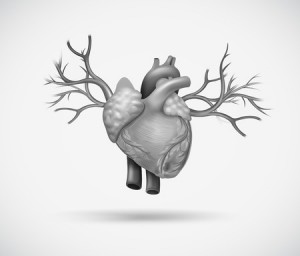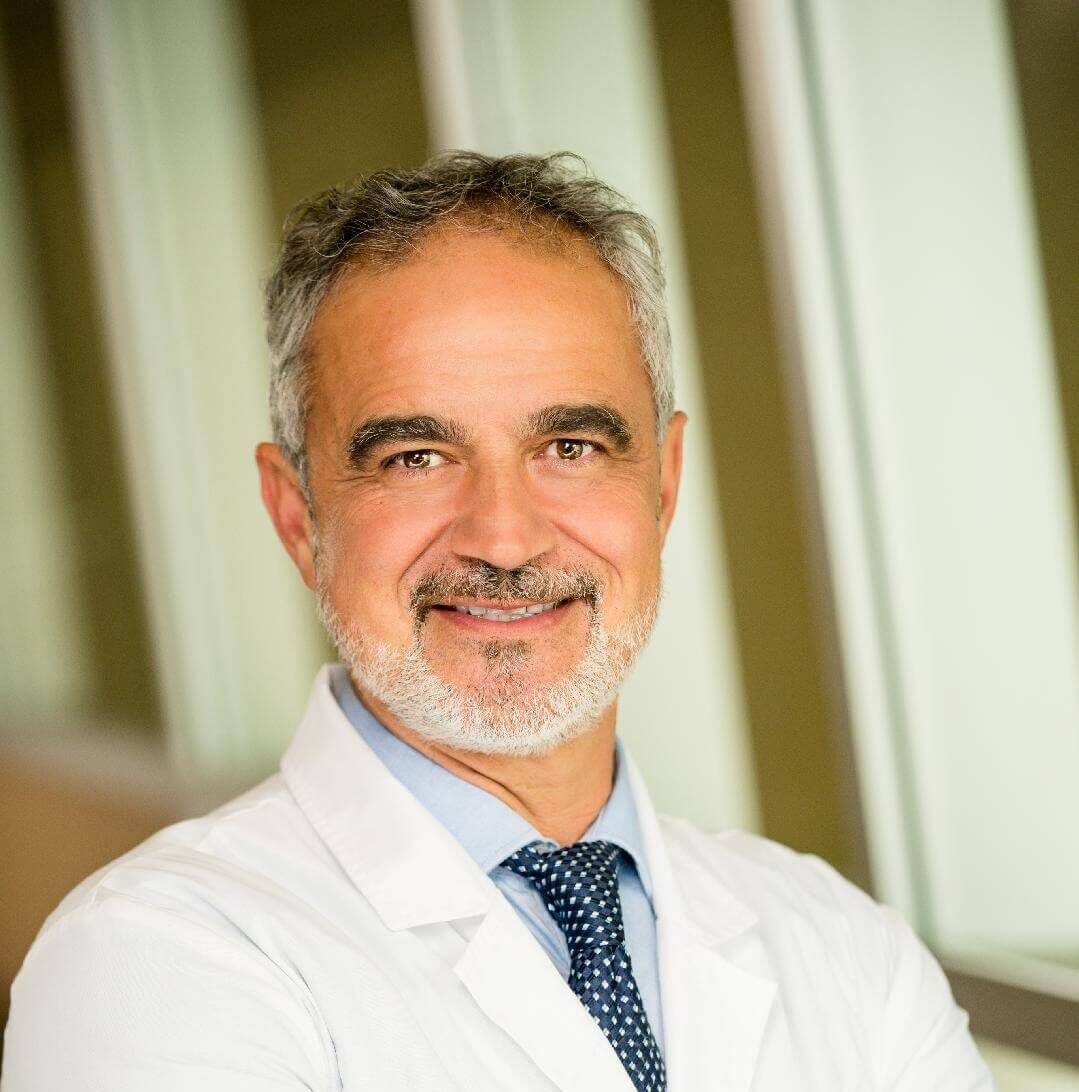Understand Pulmonary Adhesion?
 Any form of adhesion within the body is generally not a great sign, but to break it down into easier terms – an adhesion consist of fibrous materials that have combined within the body. This is often indicative of an injury or some kind of damage to the region. When you speak about a pulmonary adhesion, this may become cancerous, or cause a great deal of pain and/or discomfort in the body. Depending on the root cause of the pulmonary adhesion in the first place will help surgeons and doctors alike figure out what the best treatment plan may be.
Any form of adhesion within the body is generally not a great sign, but to break it down into easier terms – an adhesion consist of fibrous materials that have combined within the body. This is often indicative of an injury or some kind of damage to the region. When you speak about a pulmonary adhesion, this may become cancerous, or cause a great deal of pain and/or discomfort in the body. Depending on the root cause of the pulmonary adhesion in the first place will help surgeons and doctors alike figure out what the best treatment plan may be.
The Build up Scar Tissue
Scar tissue within the lungs can be caused by several factors. Some patients experience bronchitis annually, and/or pneumonia, which can lead to pulmonary edema. This may lead to scarring in the lungs, and can be very damaging especially over time. Additionally, there may be times where the lung lining can become separated from the muscle tissue surrounding the chest cavity which can be painful and a condition known as pleurisy.
Treatment
The best way to determine which course of action will best benefit the patient is often done by a tissue biopsy of the area to fully understand the root cause of the pulmonary adhesion in the first place. When it comes to breathing and persistent chest pain, it is greatly advised to speak with a physician as soon as you notice some irregularity. It is oftentimes better safe than sorry especially in catching something like a pulmonary adhesion. Usually these adhesions can be removed laparoscopically and require minimal downtime. If you have any questions and/or concerns about chest pain and issues breathing, speak with your physician and ask for a referral to go speak with a pulmonologist as soon as you can. This is a preventative measure that you do not want to overlook.

